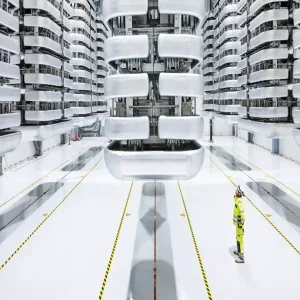
Ranhill Worley has won a detail design engineering contract from Sembcorp Marine for the P-82 floating production, storage, and offloading (FPSO) vessel to be deployed in the Buzios field, offshore Brazil.
The contract is worth $27m, revealed Ranhill Utilities, a Malaysian conglomerate, which has a stake of 51% in Ranhill Worley.
Ranhill Worley will work in support of Sembcorp Marine on the FPSO project. The former will be responsible for rendering topsides engineering services for the detailed design and follow-on phases of the FPSO.
Ranhill Utilities said that duration of detail engineering phase is expected to be 14 months. This will be followed by engineering support.
Ranhill Worley’s offering for the P-82 FPSO is expected to leverage its strength in designing offshore facilities with the global expertise and reach of Worley. This is said to include the combination of multidiscipline engineering in the former’s headquarters in Kuala Lumpur with Worley’s Rio De Janeiro office, and global subject matter experts in technology application and digitalisation.
Ranhill Utilities’ board stated: “The Board of Directors is pleased to have received award of the contract from Sembcorp Marine in support of topsides engineering work for Petrobras P-82 FPSO with P-82 being one of the largest vessels deployed in the Buzios field and requires expertise in development of complex offshore modularised facilities.
“Ranhill Worley is honoured to have been chosen by Sembcorp Marine for this landmark project and is fully confident in the ability of Ranhill Worley to meet the challenge in realising a technically compliant next generation of FPSO meeting schedule and quality requirements.”
Sembcorp Marine, through its subsidiary Sembcorp Marine Rigs & Floaters, was awarded a contract worth $3.05bn from Petroleo Brasileiro (Petrobras) for the construction of the P-82 FPSO.
The FPSO vessel is expected to have a production capacity of 225,000 barrels of oil per day and 12 million cubic meters of gas per day. It is due to be delivered in the first half of 2026 and is expected to begin commercial operations in 2026.






